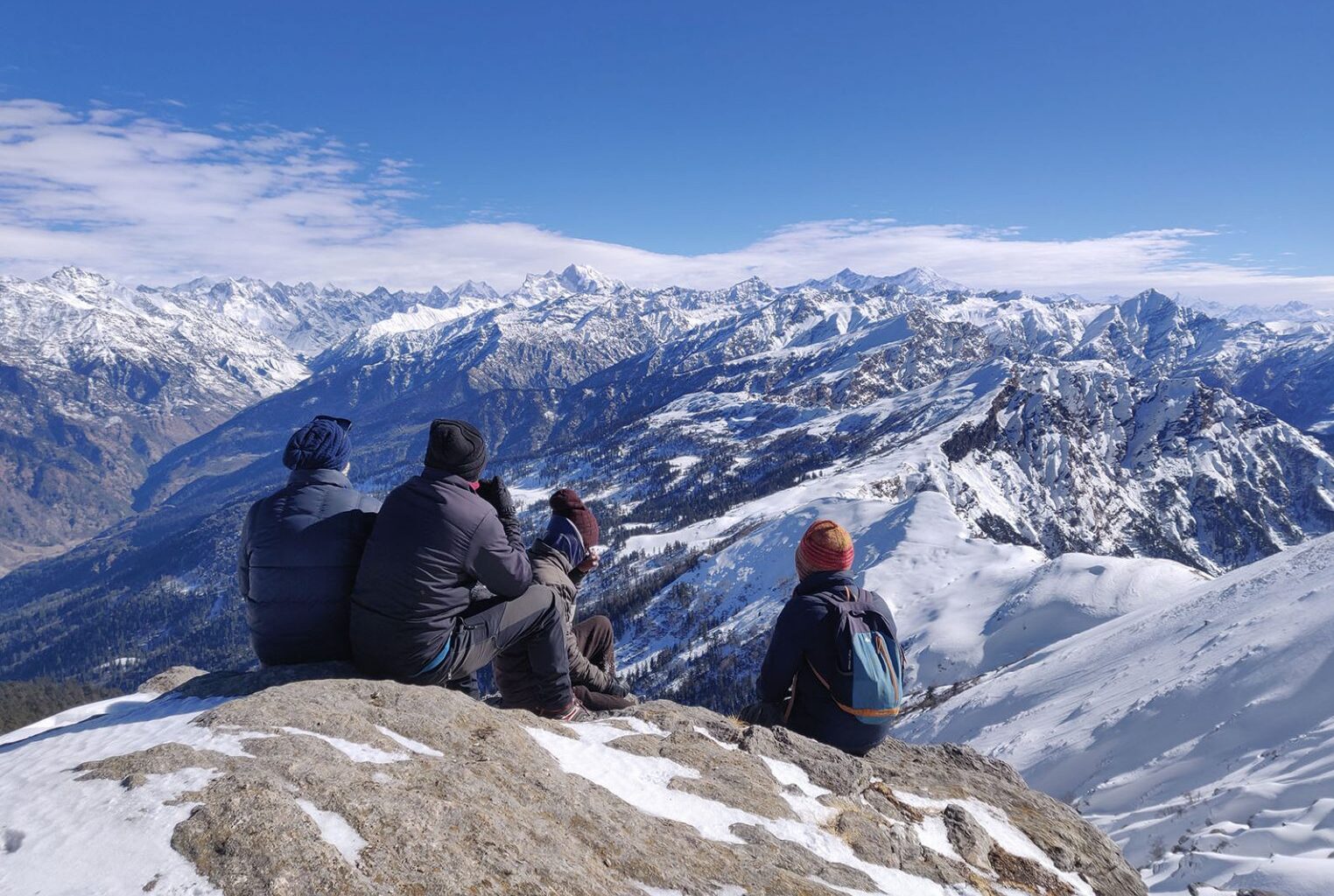Rain or Shine: Mastering the Elements with Top-notch Waterproof Gear for Trekkers
Trekking enthusiasts understand that the beauty of the great outdoors often comes with unpredictable weather. Whether you're conquering misty mountains, wandering through lush forests, or crossing glistening rivers, being prepared for the elements is crucial. In this comprehensive guide, we'll explore the world of waterproof gear for trekkers, ensuring that rain or shine, your adventures remain memorable and comfortable.
The Essence of Waterproof Gear: The concept of waterproof gear extends beyond just raincoats and jackets. It encompasses a range of equipment designed to shield you from moisture, keeping you dry and comfortable throughout your trek. Let's delve into the essential waterproof gear that every trekker should consider.
1. Waterproof Jackets: Your First Line of Defense
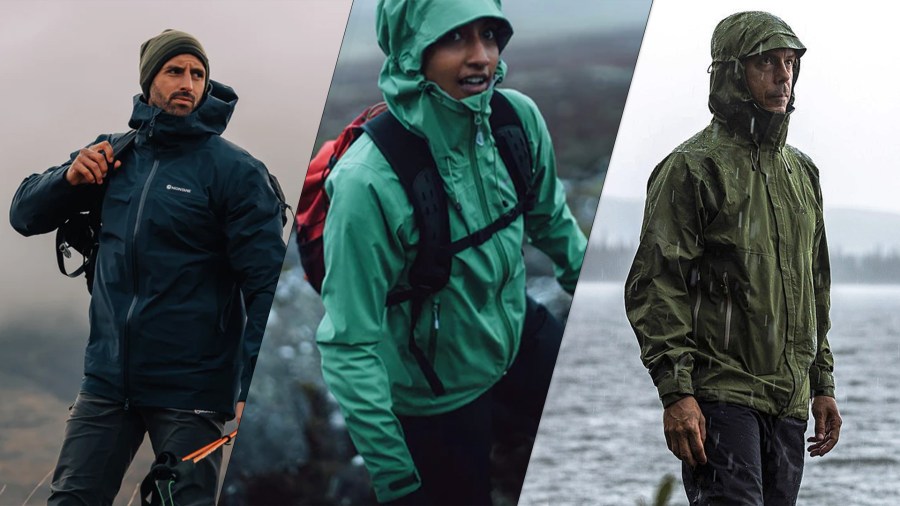
A reliable waterproof jacket is the cornerstone of any trekker's gear arsenal. Modern designs use advanced materials such as Gore-Tex and eVent, offering a breathable yet waterproof barrier. Look for jackets with adjustable hoods, cuffs, and ventilation zippers to adapt to varying weather conditions.
2. Waterproof Pants: Keeping Your Lower Half Dry
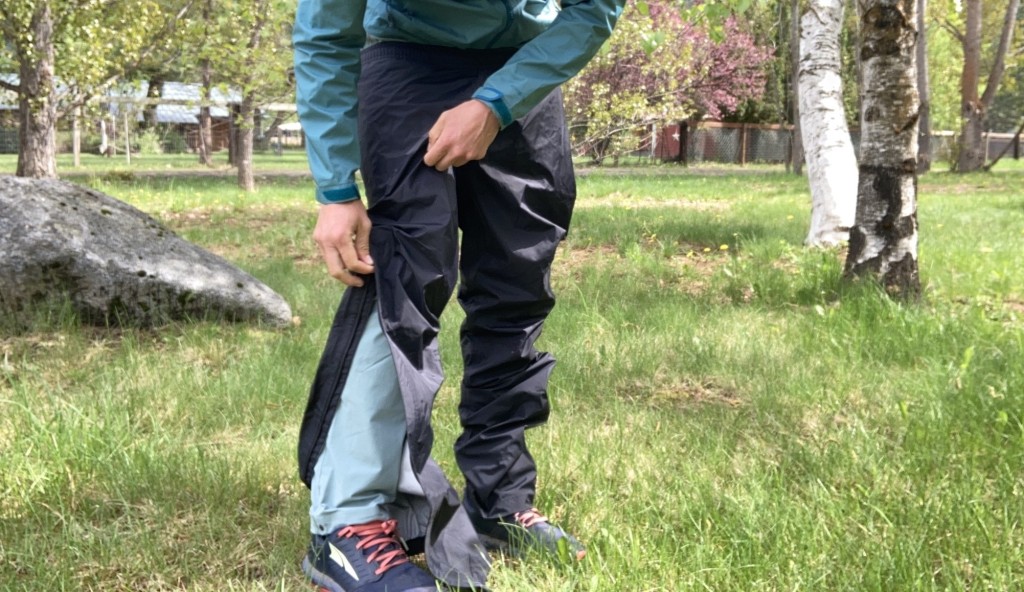 While trekking, your legs are just as susceptible to getting wet as your upper body. Waterproof pants, often made from the same high-tech materials as jackets, provide a protective layer against rain and wet terrain. Look for pants with reinforced knees and seats for added durability.
While trekking, your legs are just as susceptible to getting wet as your upper body. Waterproof pants, often made from the same high-tech materials as jackets, provide a protective layer against rain and wet terrain. Look for pants with reinforced knees and seats for added durability.
3. Waterproof Footwear: Tackling Wet Trails with Confidence
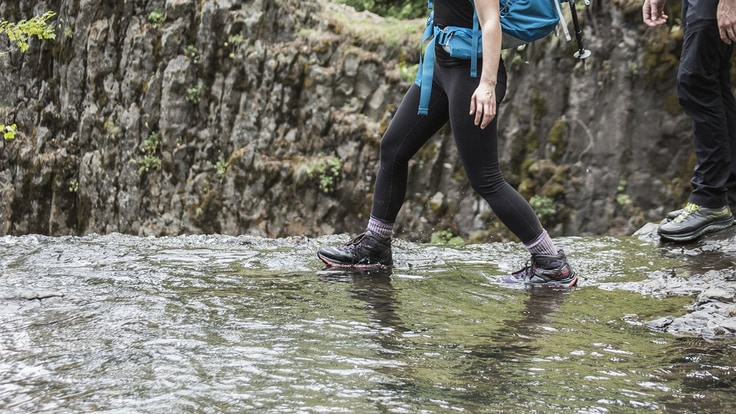
Trudging through muddy paths or crossing streams can quickly lead to discomfort if your footwear is not up to the task. Invest in waterproof hiking boots or shoes, preferably featuring Gore-Tex or similar waterproof membranes. Ensure they provide ample ankle support and have non-slip soles for secure footing.
4. Backpack Rain Covers: Shelter for Your Gear

Your backpack is not immune to the elements. A sudden downpour can saturate your supplies, making the rest of your trek a damp experience. A backpack rain cover is a lightweight, essential accessory that shields your gear from rain and keeps everything inside dry.
5. Waterproof Dry Bags: Safeguarding Essentials

Electronics, spare clothing, and other essentials can be particularly sensitive to moisture. Stash them in waterproof dry bags for an additional layer of protection within your backpack. These come in various sizes, allowing you to organise and protect your belongings efficiently.
6. Ponchos: Versatile Rain Protection

For trekkers who prefer a quick and versatile solution, a durable poncho can be a game-changer. Ponchos provide ample coverage, keeping you and your backpack dry. Choose a poncho with side snaps for increased manoeuvrability and ventilation.
7. Gaiters: Guarding Against Mud and Water
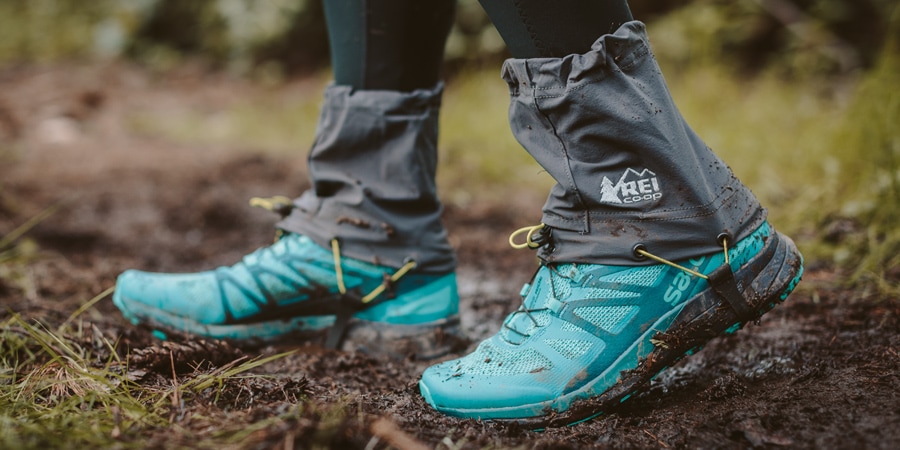
When the trail gets particularly muddy or when you're navigating through wet grass, gaiters can be invaluable. These waterproof coverings wrap around your lower legs and footwear, preventing water, mud, and debris from entering your boots.
8. Waterproof Gloves: Shielding Your Hands
Wet and cold hands can quickly sap your energy and enjoyment. Waterproof gloves keep your hands warm and dry in rainy or snowy conditions. Look for gloves with breathable materials to prevent sweat accumulation.
Choosing the Right Waterproof Gear: Considerations and Tips
Selecting the right waterproof gear involves understanding your specific needs and the conditions you're likely to encounter. Here are some considerations and tips to guide your decision-making process:
1. Breathability Matters: While keeping water out is essential, ensuring breathability is equally crucial. Waterproof gear that doesn't allow moisture to escape can lead to discomfort from sweat. Look for materials with breathable membranes to strike the right balance.
2. Check Seam Sealing: Pay attention to how seams are sealed in your waterproof gear. Taped seams or welded seams enhance the waterproofing capabilities of jackets and pants, preventing water from seeping through the stitching.
3. Evaluate Weight and Packability

For trekkers, especially those engaging in multi-day adventures, the weight and packability of your waterproof gear are significant considerations. Lightweight and easily packable gear ensures that you can carry it without adding excessive bulk to your backpack.
4. Test Your Gear Before the Trek: Before embarking on a major trek, take the time to test your waterproof gear in various conditions. This ensures that it functions as expected and gives you the opportunity to address any issues before they become problems on the trail.
5. Layering for Added Versatility: Combine your waterproof gear with a layered clothing approach. This allows you to adapt to changing weather conditions by adding or removing layers as needed. Ensure your base layers are moisture-wicking to keep sweat away from your skin.
6. Know Your Waterproof Ratings:
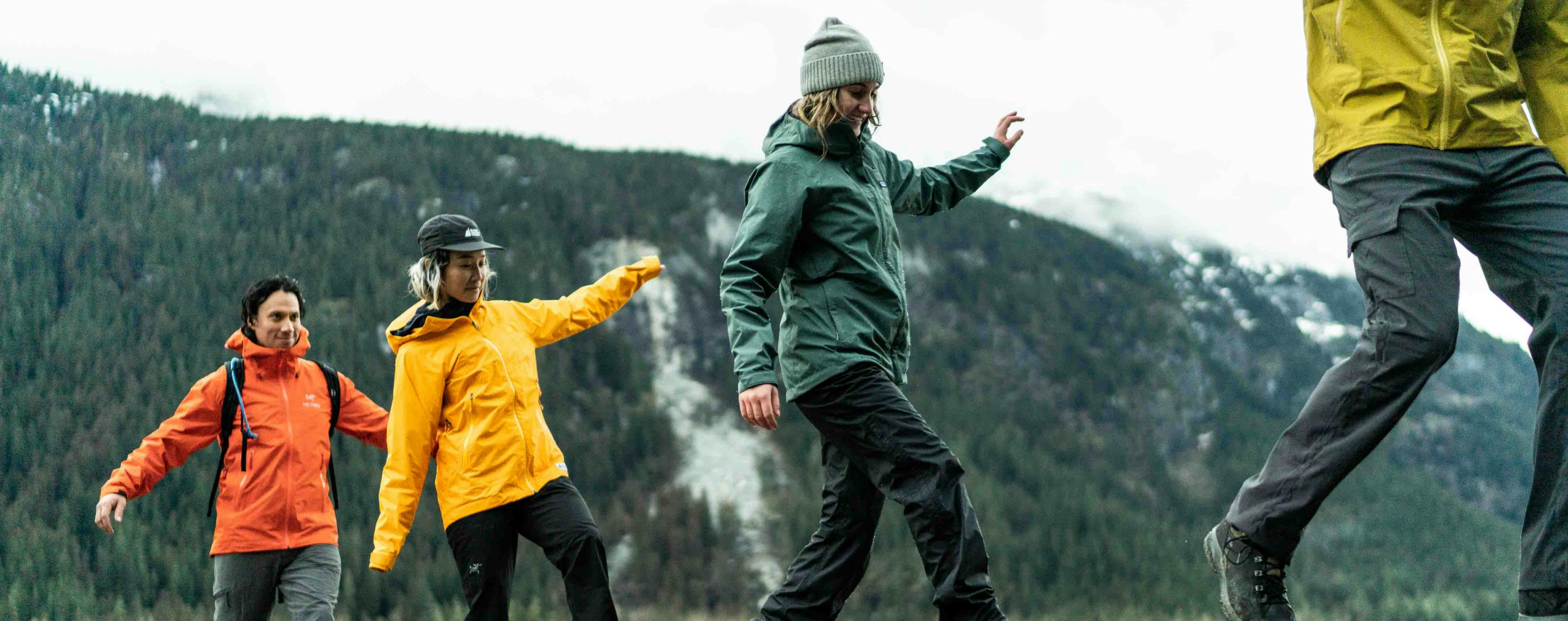
Waterproof gear often comes with specific ratings, indicating the level of water resistance. Familiarise yourself with terms like "waterproof," "water-resistant," and associated numerical ratings. This knowledge helps you make informed decisions based on the conditions you expect to encounter.
The Future of Waterproof Technology:
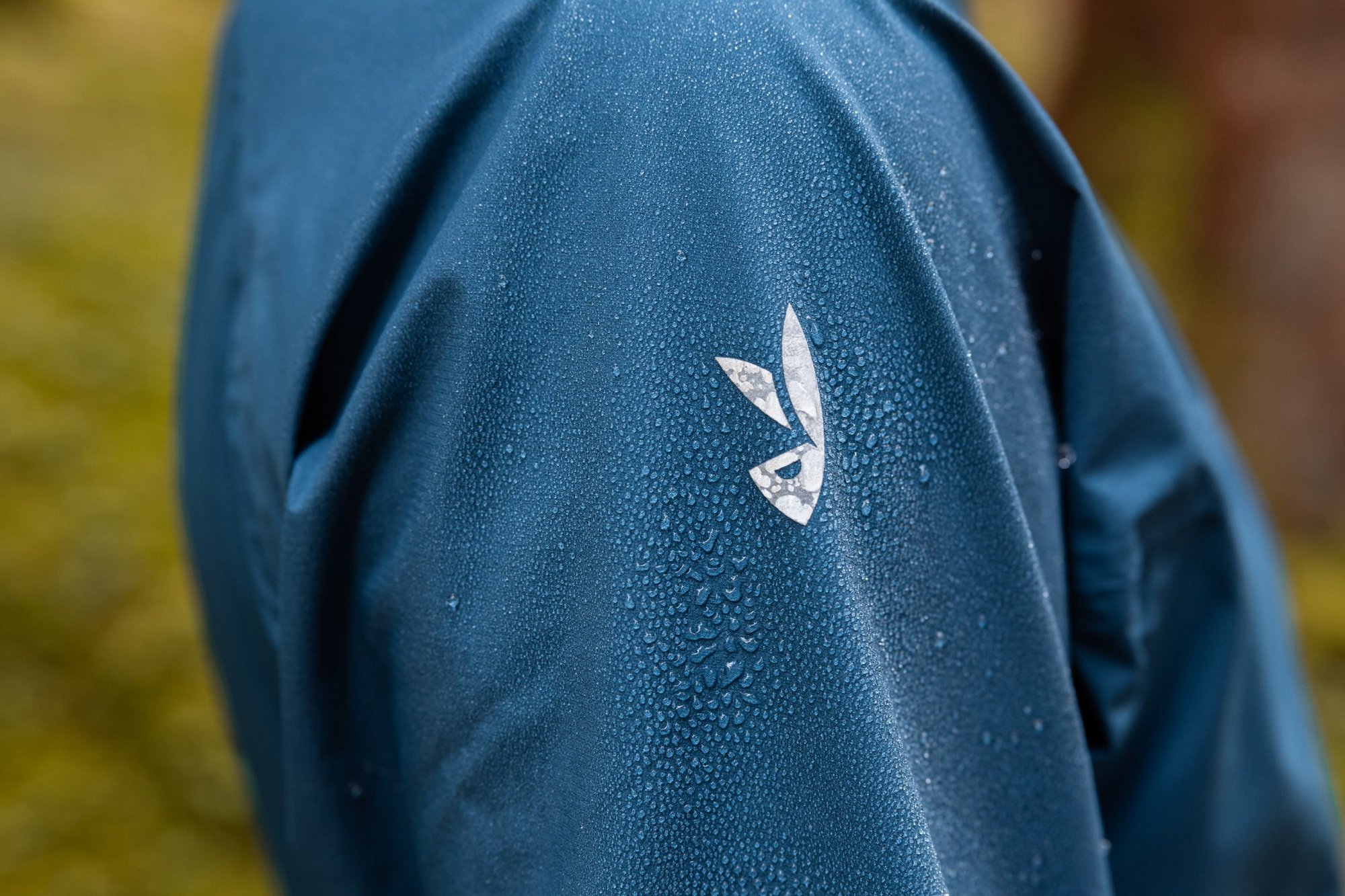
As technology advances, so does the world of waterproof gear. Future innovations may include even more breathable materials, self-healing fabrics, and enhanced sustainability in manufacturing. Keeping an eye on emerging technologies can offer a glimpse into the future of comfortable and eco-friendly waterproof gear.
Conclusion: Embracing the Elements with Confidence: Rain or shine, the great outdoors beckon, and with the right waterproof gear, you can confidently embrace the elements. From jackets that defy downpours to boots that conquer wet terrain, each piece of gear plays a crucial role in ensuring your trek remains a positive and enjoyable experience. Invest in quality waterproof gear, understand its nuances, and let nothing dampen your spirit as you trek through nature's wonders.
Exploring New Harmonies: Trekking Footwear Trends

Before we conclude, let's peek into the future of trekking footwear. Innovations are continuously shaping the industry, introducing new harmonies and enhancing the trekking experience. Keep an eye on emerging trends like sustainable materials, smart technologies, and personalised customization. The future promises exciting developments that will further elevate your trekking journey. Step into the future, and let your footwear be a reflection of the evolving symphony of outdoor exploration.

